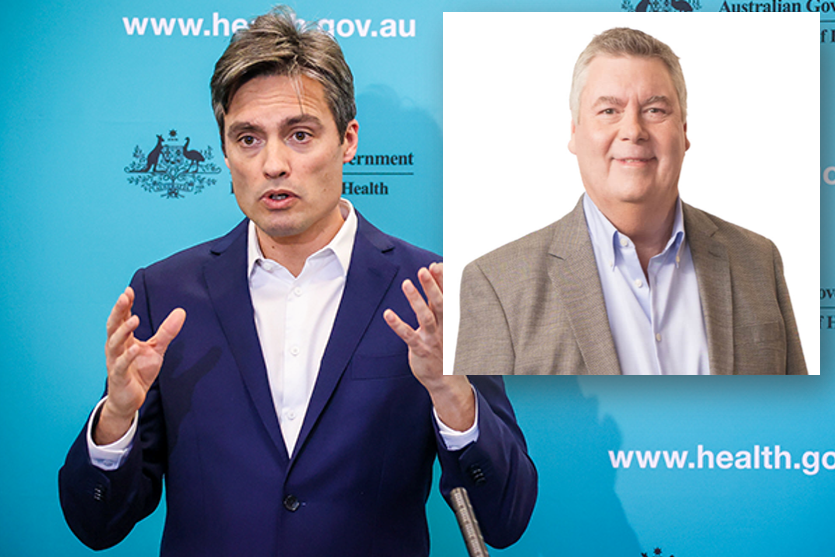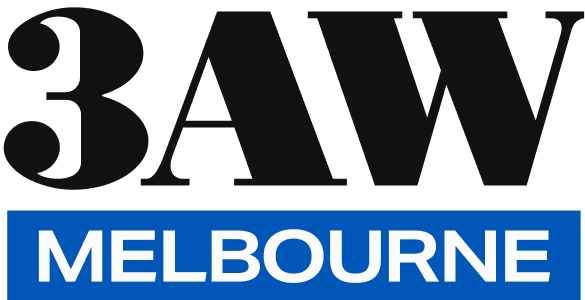Despite case numbers going up, Covid hospitalisations expected to fall

Australia’s former Deputy Chief Medical Officer says despite a likely increase in cases when Australia reopens, vaccination will lead to fewer hospitalisations.
As Victoria lifts its lockdown restrictions at a time when it is recording some of the nation’s highest daily Covid cases, Dr Nick Coatsworth is reassuring Australians that our vaccination rates will offer suitable protection.
There has been criticism of various state governments and premiers for both relaxing and starting lockdowns too slowly.
While Victoria is still recording close to 2,000 new infections per day, the state is enjoying a return of some freedoms as it reaches its vaccine milestones.
Luke Grant spoke to infectious disease expert and Australia’s former Deputy Chief Medical Officer, Dr Nick Coatsworth, about the varied approaches taken by each state in easing restrictions.
Dr Coatsworth says the curve of Covid case hospitalisations is already beginning to flatten in Victoria, and it’s thanks to vaccine rates.
“The vaccines have outperformed our wildest expectations,” Dr Coatsworth told Luke Grant.
“In my view, they’re doing a better job at reducing onward transmission than we thought they would as well.”
Both Victoria and New South Wales have taken different approaches to starting and ending lockdowns, and Dr Coatsworth says comparisons between the two may not be the best public health approach.
On the issue of children returning to face-to-face learning, Dr Coatsworth says the more conservative approach being adopted by Victoria may have less merit than sometimes claimed.
Children from year three and above must wear face masks in Victorian schools, whereas in New South Wales it is not mandatory for the younger age groups.
“The consensus is that masks will work. If someone has Covid-19 and another person doesn’t and both are masked, then there will be a reduction in transmission,” Dr Coatsworth said.
“Where it falls apart very quickly after that… I’m yet to see a year three student wear a mask properly and effectively.”
He says there may not be good reason to require young children to wear face masks at school.
“In most of the countries that you look at, there’s no clear relationship between putting masks on in primary school kids and actually changing anything to do with your case numbers in adults,” he said.
When asked about the use of lockdowns and restrictions on movement as a tool to reduce Covid transmission, Dr Coatsworth told Luke Grant they will reduce cases, but won’t be completely effective in eliminating the highly-transmissible disease.
“The only thing that Queensland and Western Australia has had is blind luck,” he said.
Many cases which emerge during lockdown are attributed to people moving about the community for essential reasons.
Dr Coatsworth told Luke Grant that with out high vaccination rates, the need for lockdowns is greatly reduced.
“Once the cat was out of the bag with Delta, particularly. You could make a case that with the Alpha variant… you could work quickly enough to bring things under control.
“But as soon as it got to that point of one person unvaccinated infects eight others unvaccinated, that is very difficult to control,” he said.
Click play below to listen to the full interview.















